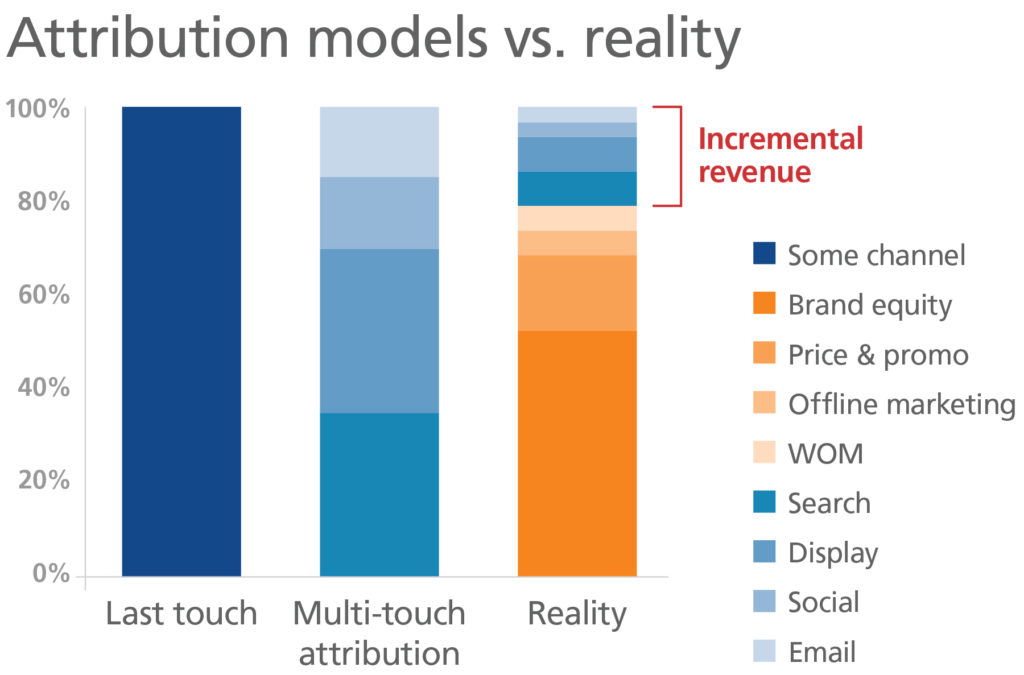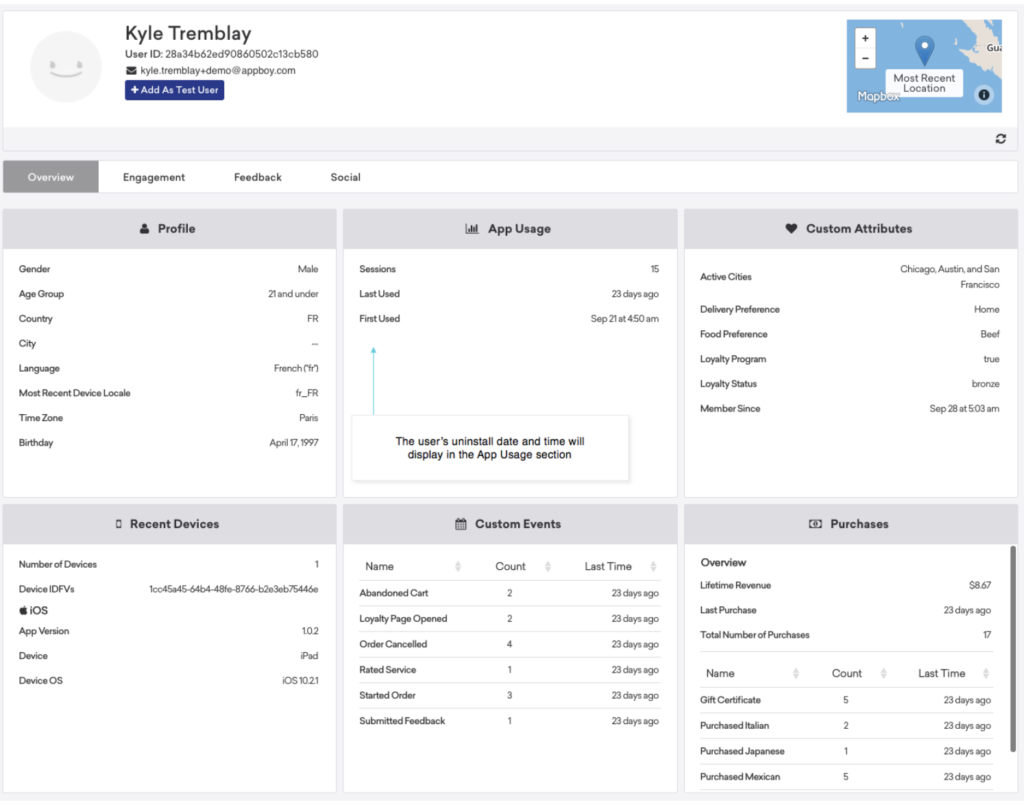
Author: Linda Harnisch
– Communications Lead
Consumers jump from one device to another, interacting across apps and websites. Recognizing users across multiple channels, devices, and touchpoints, then stitching that information into a full dimensional profile is tricky. Understanding customer identity becomes a key point in every marketing strategy.
The Situation
Probably this is a familiar situation for you: Eyes glued on your smartphone display while waiting for the train or sipping your morning cup of joe. A few days later your trusted delivery service knocks on your door with new gadgets (clothes, shoes, kitchenware…you name it). How did it come so far? Well, by a combination of circumstances such as:
You noticed an ad for product x in the Instagram app – remembered the billboard you saw yesterday by shop x – open the mobile website and catch sight of something nice – peek at the website again while watching TV after work – nice, there’s an app for this? Download! – scrolling through the app’s product feed the next morning – pulling the trigger later on and purchase – via your laptop.
If that sounds like your customer path, you are in good company. According to a study by Criteo one third of all online purchases involve at least two devices. This complex touchpoint and device multitasking is frequently making marketing manager’s heads spin around. Which channel has been decisive for conversions? Mobile or desktop? Should I allocate more marketing budget to my website, mobile website or mobile app? Someone tell me! Don’t despair. Cross-device matching of your web and app data can guide you in making smarter investments with your marketing spend. Getting there is challenging but possible. Let’s have a look at how to consolidate web and app data in order to understand your customer’s path across their smartphones, tablets and computers at home and on the go.

Attribution modelling step by step
Let’s start by analysing the customer journey with attribution modeling. Combining touchpoints, assigning values to purchases, conversions and budgeting them accordingly. Sounds plausible but attribution modeling is one of the biggest challenges facing marketers today. Which attribution model makes sense for my efforts? Last-click or multi-touch? If that sounds like a lot of data collection to you, that’s right. This leads us to web and app tracking, and the differences between these two have been subject of our article 5 Differences of Web- and Mobile App Analytics. Combining web and app data in the end will give you a bigger picture.
STEP 1: Creating a clean database that identifies which touchpoints you had with your customer. STEP 2: Defining identifiers on the different platforms. STEP 3: Distribute the value of a conversion across customer’s touchpoints.

Cross-device tracking: not as simple as it sounds
Cross-device attribution can be a lifesaver in a complex multichannel and multi-device world. Data from app tracking is matched with data from mobile and stationary web, TV as well as out of home formats (billboards etc.). This data will then give you exact behavioral patterns of your users and design the customer journey with all its touchpoints.
Step 1: Collect as many device IDs as possible in all channels You want to make sure to capture many unique user identifiers at their touchpoints. This is usually done with cookies on the web. Apps will use Apple and Google’s device specific Identifier for Advertising (IDFA & GPS ADID). The overall aim here is to assign a user to every device identifier – which leads us to step 2.
Step 2: Building user profiles In a next step you want to build cross-device identities of users based on login data. Data collected with cookies can then be consolidated with data that is tied to the user ID. In case your customer is using several devices this also works cross device. Cross-device tracking based on deterministic data usually is a reliable method to track users cross-channel. Only a few players have access to enormous deterministic data sets, among them Google, Facebook and Amazon.

Many touchpoints and lots of data. How to consolidate?
You probably want to have your merged data in one place, and with Google Analytics it is possible to see your web and app data combined in one report. The only disadvantage of Google Analytics however: it’s not built for mobile. Or mobile attribution in this case. It is possible to transfer data from an MMP (Mobile Measurement Partner) such as Adjust to Google Analytics. However, the provided methods for doing so are limited. Worst case, you are faced with duplicated data. As a valid alternative we see the deeplinking method by Branch when it comes to merging of your data and tracking of all touchpoints.

Web and app data matching: champions league of app analytics
Especially marketers in the e-commerce sector profit from matching web and app data in order to get a well rounded view of customer’s paths across different channels to conversion. It’s also a way for banking businesses to grasp customer’s cross-device decision making processes. Often we see marketing budgets being allocated to apps because the retention rate is better. But possibly the user has been using the mobile website heavily before using the app. By allocating more budget to your app as necessary, that’s the best way to burn your advertising spend.
The first step to realizing this however is mastering attribution modelling and building user profiles. A challenge for many marketers without a magic bullet because everyone’s business model is different. Our data nerds will love to find the right attribution model for you. May we help you take your cross-device data matching to the next level? Don’t hesitate to get in touch to learn more via [email protected].
Helpful links:
How to Consolidate Web and App Conversion Tracking in Three Easy Steps (Branch)
Cross-Device Nutzung: Zehn Tipps für erfolgreiches App Tracking (Onlinemarketing.de)
Attribution Modeling (Adjust)
Mobile ad attribution basics #1: An introduction to app tracking (Adjust)




